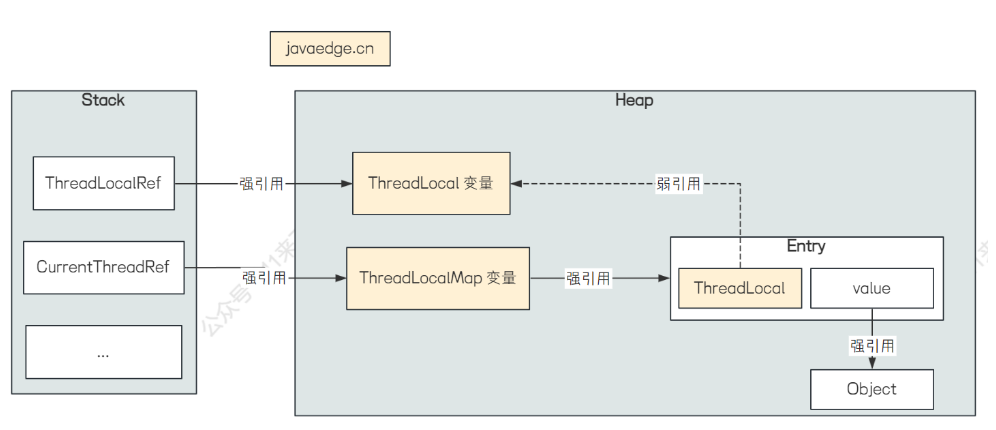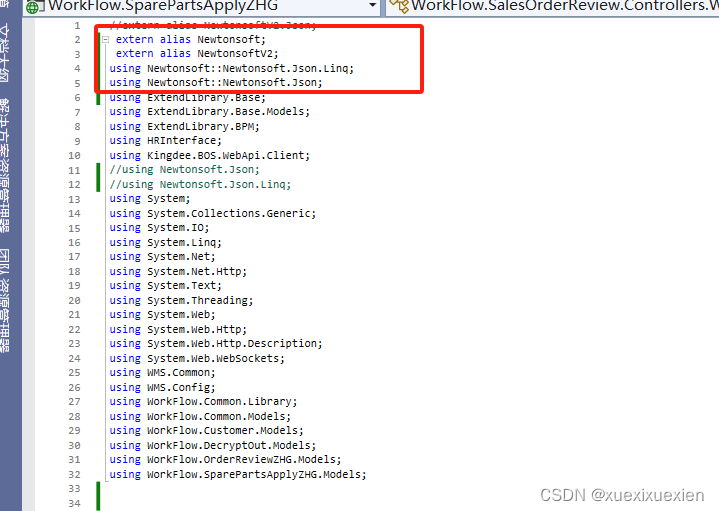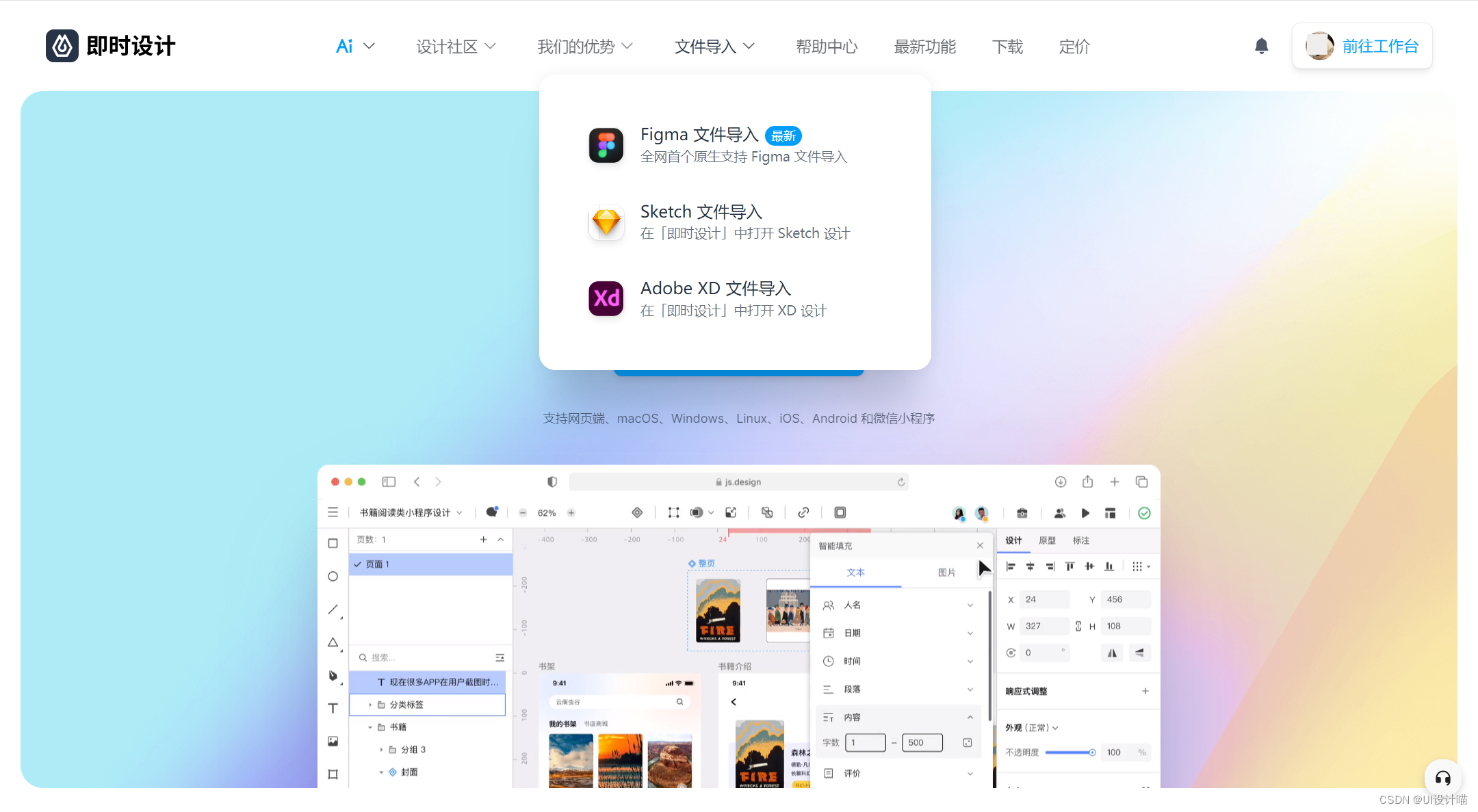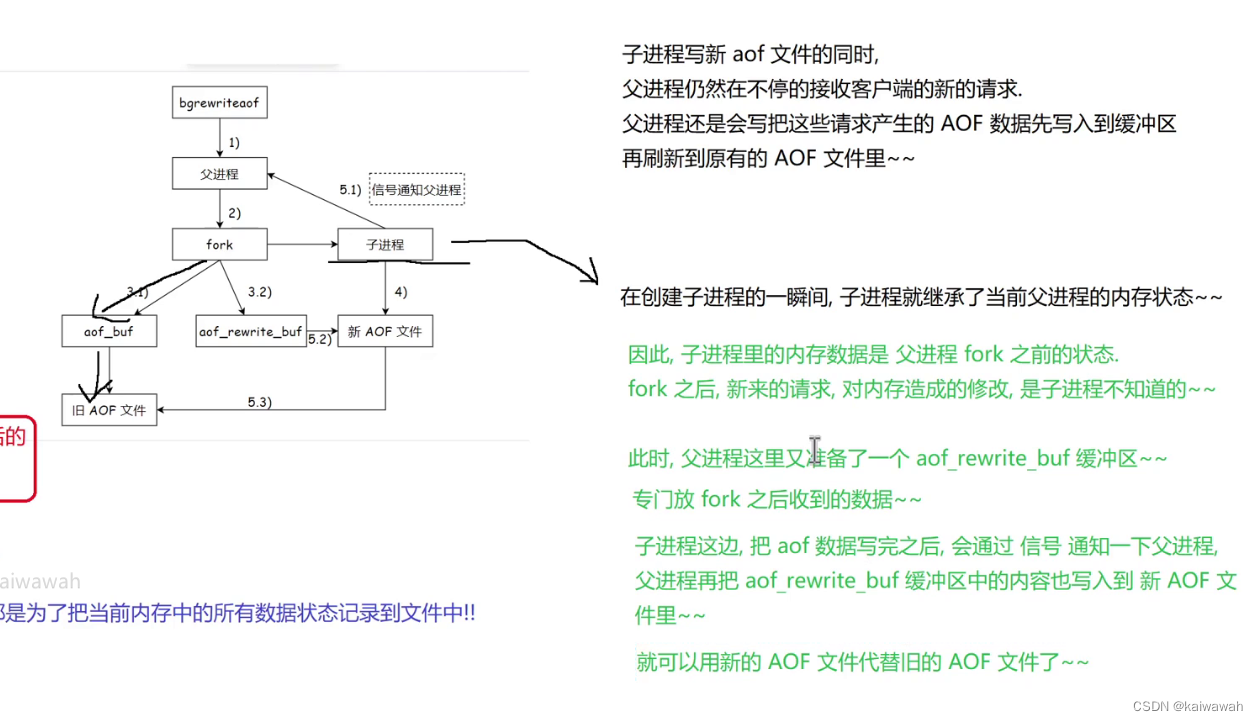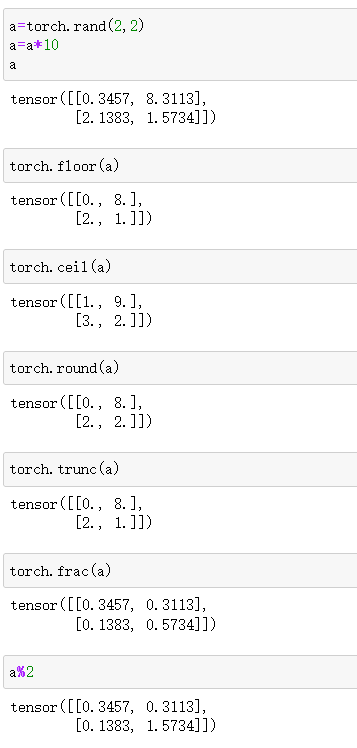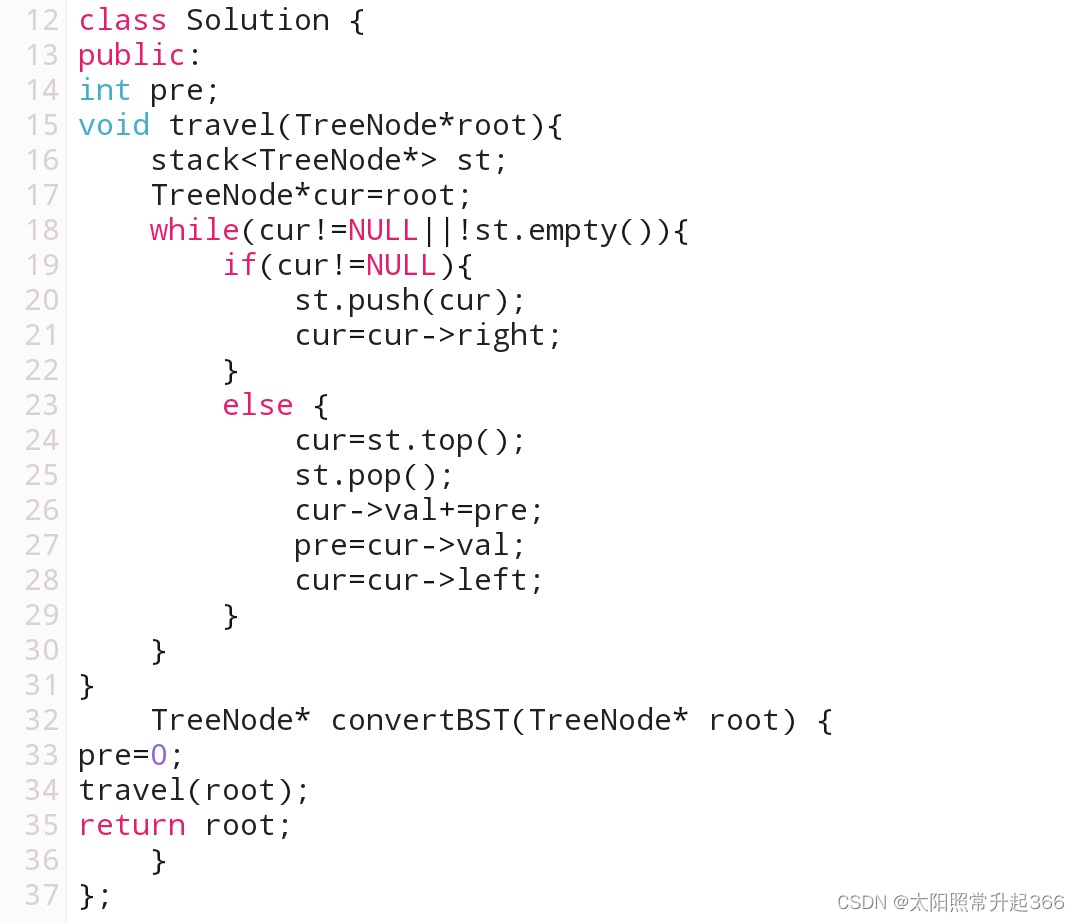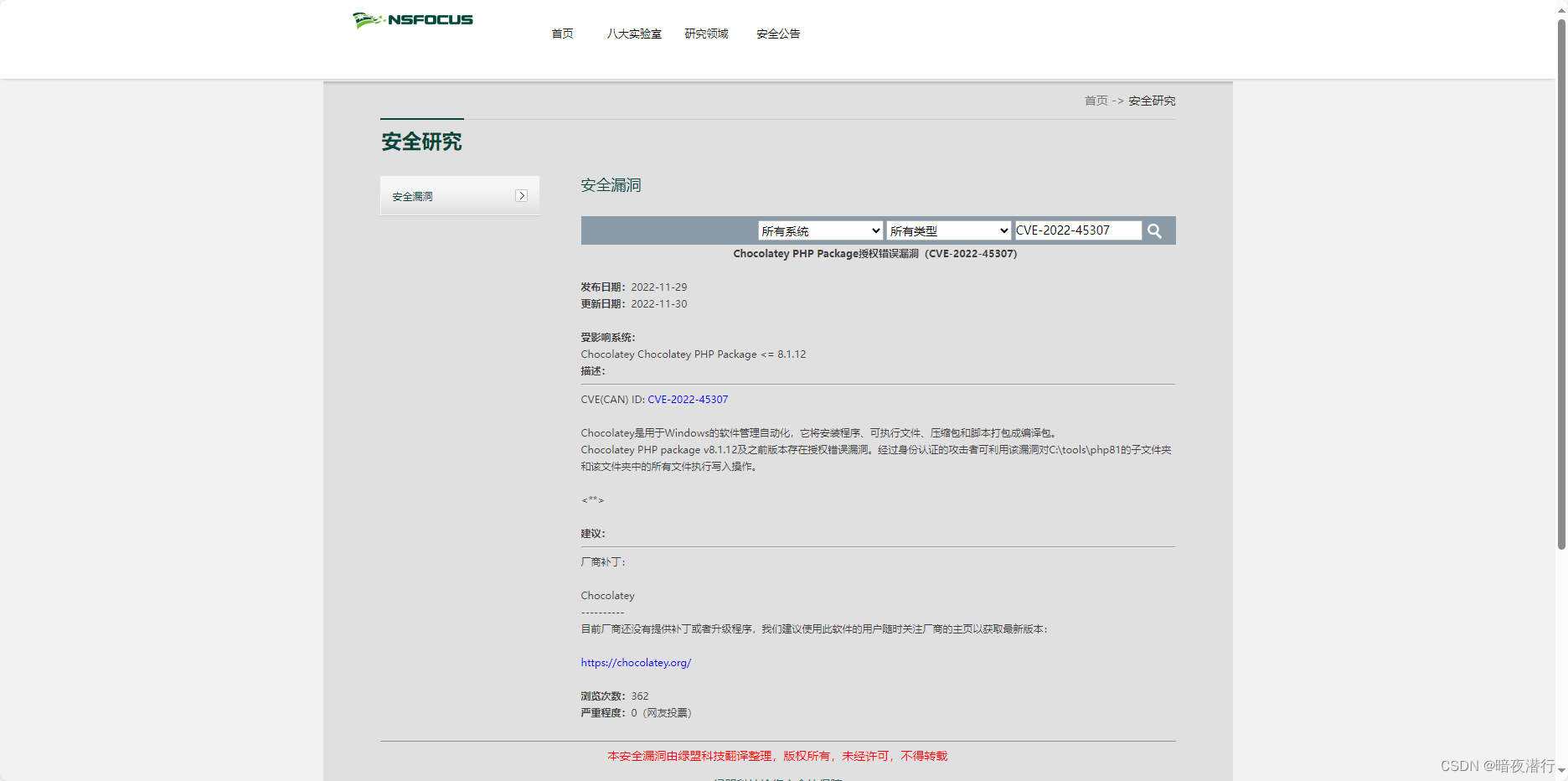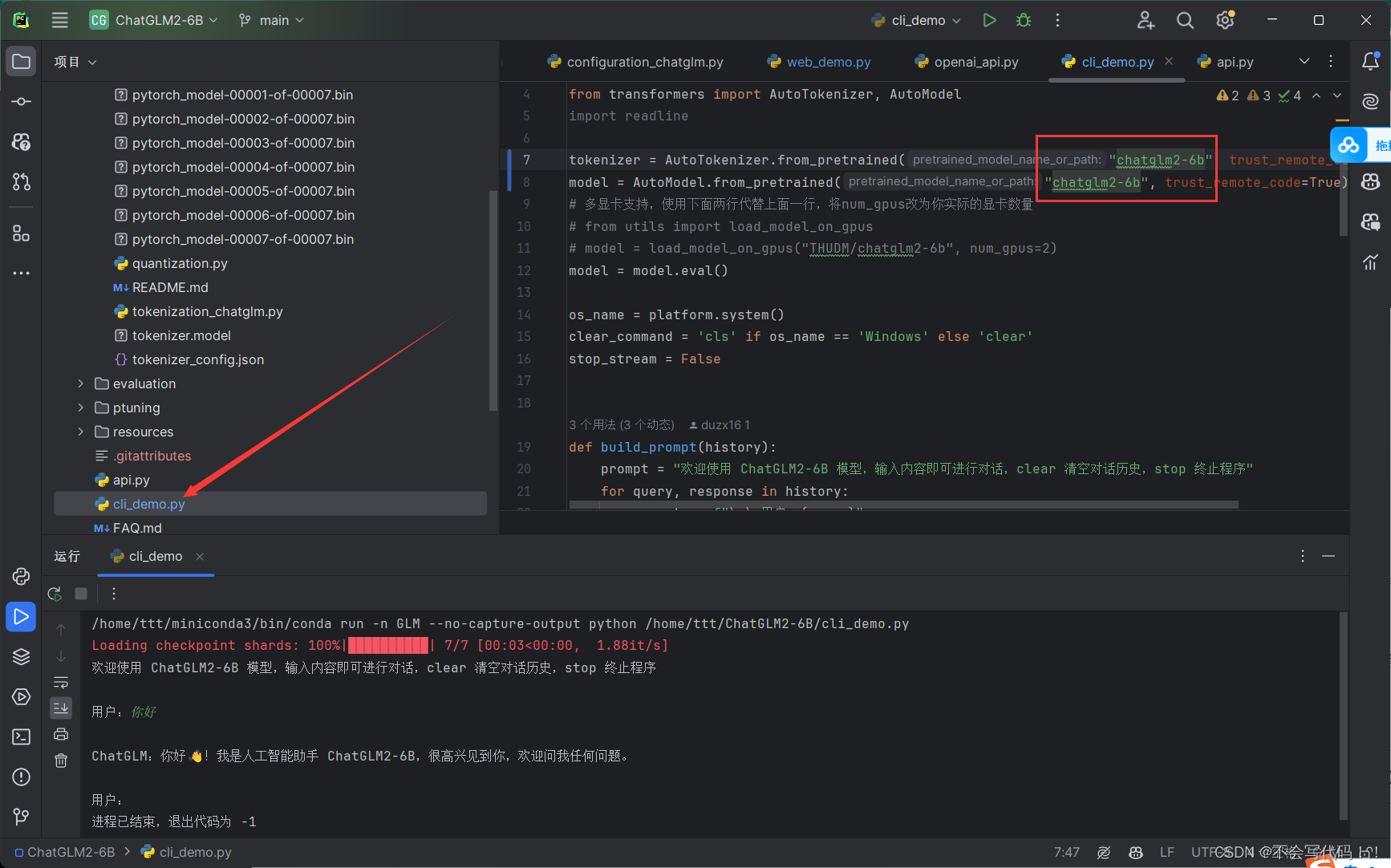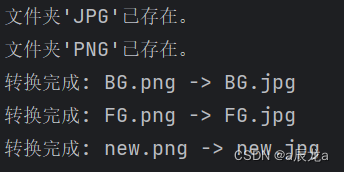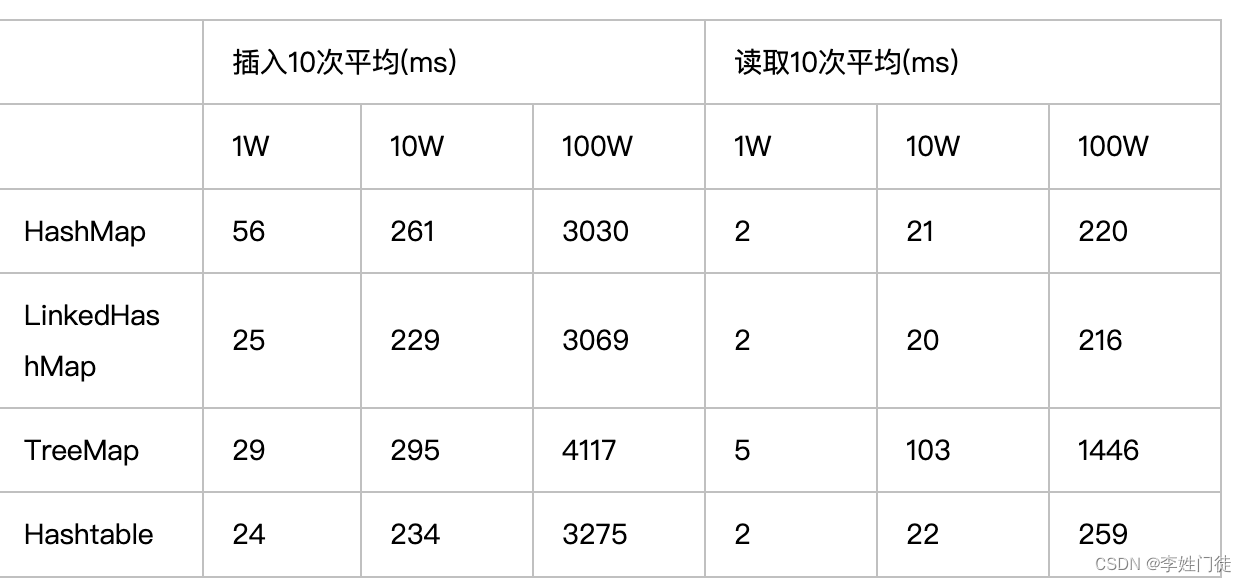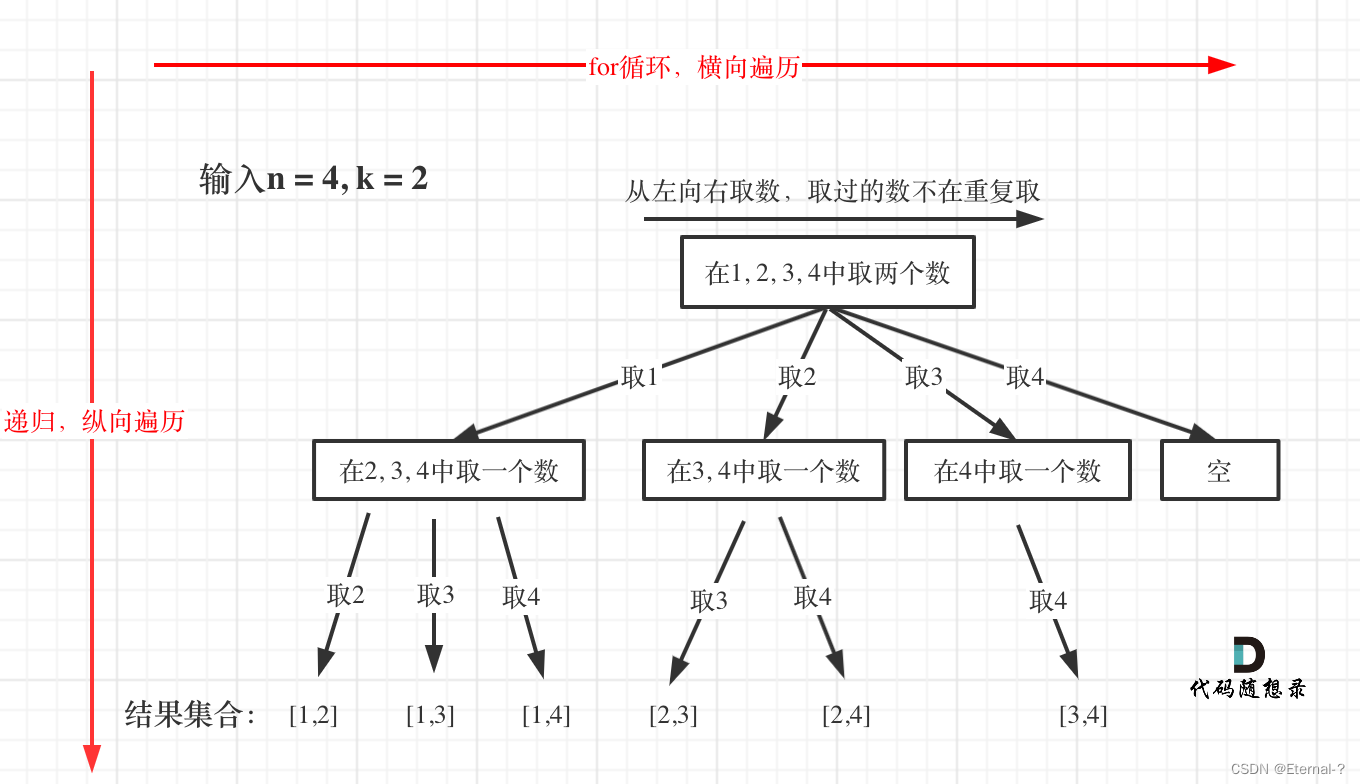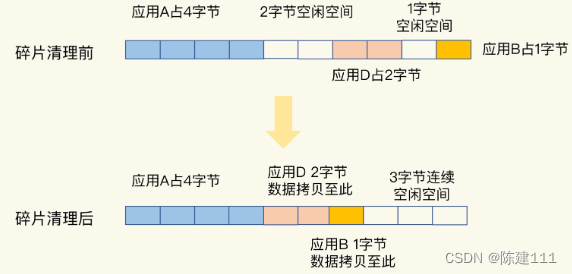环境安装
系统:Ubuntu >= 16.04
源码下载
- 使用apt安装
build-essential
sudo apt install build-essential- 克隆
PaddleSpeech仓库
# github下载
git clone https://github.com/PaddlePaddle/PaddleSpeech.git
# 也可以从gitee下载
git clone https://gitee.com/paddlepaddle/PaddleSpeech.git
# 进入PaddleSpeech目录
cd PaddleSpeech安装 Conda
# 下载 miniconda
wget https://repo.continuum.io/miniconda/Miniconda3-latest-Linux-x86_64.sh -P tools/
# 安装 miniconda
bash tools/Miniconda3-latest-Linux-x86_64.sh -b
# conda 初始化
$HOME/miniconda3/bin/conda init
# 激活 conda
bash
# 创建 Conda 虚拟环境
conda create -y -p tools/venv python=3.8
# 激活 Conda 虚拟环境:
conda activate tools/venv
# 安装 Conda 包
conda install -y -c conda-forge sox libsndfile swig bzip2 libflac bc安装 PaddlePaddle
#CPU版本安装
python3 -m pip install paddlepaddle- -i https://mirror.baidu.com/pypi/simple
#GPU版本安装,注意:2.4.1 只是一个示例,请按照对paddlepaddle的最小依赖进行选择。
python3 -m pip install paddlepaddle-gpu==2.4.1 -i https://mirror.baidu.com/pypi/simple用开发者模式安装 PaddleSpeech
pip install pytest-runner -i https://pypi.tuna.tsinghua.edu.cn/simple
pip install -e .[develop] -i https://pypi.tuna.tsinghua.edu.cn/simple下载预训练模型
#下载预训练模型:声学模型、声码器
!mkdir download
#中文男声学模型
!wget -P download https://paddlespeech.bj.bcebos.com/Parakeet/released_models/fastspeech2/fastspeech2_male_zh_ckpt_1.4.0.zip
!unzip -d download download/fastspeech2_male_zh_ckpt_1.4.0.zip
#声码器
!wget -P download https://paddlespeech.bj.bcebos.com/Parakeet/released_models/hifigan/hifigan_male_ckpt_1.4.0.zip
!unzip -d download download/hifigan_male_ckpt_1.4.0.zip语音合成
脚本命名为:FastSpeech2-hifigan.py
import argparse
import os
from pathlib import Path
import IPython.display as dp
import matplotlib.pyplot as plt
import numpy as np
import paddle
import soundfile as sf
import yaml
from paddlespeech.t2s.frontend.zh_frontend import Frontend
from paddlespeech.t2s.models.fastspeech2 import FastSpeech2
from paddlespeech.t2s.models.fastspeech2 import FastSpeech2Inference
from paddlespeech.t2s.models.hifigan import HiFiGANGenerator
from paddlespeech.t2s.models.hifigan import HiFiGANInference
from paddlespeech.t2s.modules.normalizer import ZScore
from yacs.config import CfgNode
# 配置预训练模型
fastspeech2_config = "download/fastspeech2_male_zh_ckpt_1.4.0/default.yaml"
fastspeech2_checkpoint = "download/fastspeech2_male_zh_ckpt_1.4.0/snapshot_iter_76000.pdz"
fastspeech2_stat = "download/fastspeech2_male_zh_ckpt_1.4.0/speech_stats.npy"
hifigan_config = "download/hifigan_male_ckpt_1.4.0/default.yaml"
hifigan_checkpoint = "download/hifigan_male_ckpt_1.4.0/snapshot_iter_630000.pdz"
hifigan_stat = "download/hifigan_male_ckpt_1.4.0/feats_stats.npy"
phones_dict = "download/fastspeech2_male_zh_ckpt_1.4.0/phone_id_map.txt"
# 读取 conf 配置文件并结构化
with open(fastspeech2_config) as f:
fastspeech2_config = CfgNode(yaml.safe_load(f))
with open(hifigan_config) as f:
hifigan_config = CfgNode(yaml.safe_load(f))
print("========Config========")
print(fastspeech2_config)
print("---------------------")
print(hifigan_config)
# 构造文本前端对象
# 传入 phones_dict 会把相应的 phones 转换成 phone_ids
frontend = Frontend(phone_vocab_path=phones_dict)
print("Frontend done!")
# 调用文本前端
# input = "我每天中午12:00起床"
# input = "我出生于2005/11/08,那天的最低气温达到-10°C"
input = "先生您好,欢迎使用百度飞桨框架进行深度学习!"
input_ids = frontend.get_input_ids(input, merge_sentences=True, print_info=True)
phone_ids = input_ids["phone_ids"][0]
print("phone_ids:%s"%phone_ids)
# 初始化声学模型
with open(phones_dict, "r") as f:
phn_id = [line.strip().split() for line in f.readlines()]
vocab_size = len(phn_id)
print("vocab_size:", vocab_size)
odim = fastspeech2_config.n_mels
model = FastSpeech2(
idim=vocab_size, odim=odim, **fastspeech2_config["model"])
# 加载预训练模型参数
model.set_state_dict(paddle.load(fastspeech2_checkpoint)["main_params"])
# 推理阶段不启用 batch norm 和 dropout
model.eval()
stat = np.load(fastspeech2_stat)
# 读取数据预处理阶段数据集的均值和标准差
mu, std = stat
mu, std = paddle.to_tensor(mu), paddle.to_tensor(std)
# 构造归一化的新模型
fastspeech2_normalizer = ZScore(mu, std)
fastspeech2_inference = FastSpeech2Inference(fastspeech2_normalizer, model)
fastspeech2_inference.eval()
print("FastSpeech2 done!")
# 调用声学模型
with paddle.no_grad():
mel = fastspeech2_inference(phone_ids)
print("shepe of mel (n_frames x n_mels):")
print(mel.shape)
# 绘制声学模型输出的 mel 频谱
#fig, ax = plt.subplots(figsize=(16, 6))
#im = ax.imshow(mel.T, aspect='auto',origin='lower')
#plt.title('Mel Spectrogram')
#plt.xlabel('Time')
#plt.ylabel('Frequency')
#plt.tight_layout()
# 初始化声码器
vocoder = HiFiGANGenerator(**hifigan_config["generator_params"])
# 模型加载预训练参数
vocoder.set_state_dict(paddle.load(hifigan_checkpoint)["generator_params"])
vocoder.remove_weight_norm()
# 推理阶段不启用 batch norm 和 dropout
vocoder.eval()
# 读取数据预处理阶段数据集的均值和标准差
stat = np.load(hifigan_stat)
mu, std = stat
mu, std = paddle.to_tensor(mu), paddle.to_tensor(std)
hifigan_normalizer = ZScore(mu, std)
# 构建归一化的模型
hifigan_inference = HiFiGANInference(hifigan_normalizer, vocoder)
hifigan_inference.eval()
print("HiFiGan done!")
# 调用声码器
with paddle.no_grad():
wav = hifigan_inference(mel)
print("shepe of wav (time x n_channels):%s"%wav.shape)
# 绘制声码器输出的波形图
wave_data = wav.numpy().T
time = np.arange(0, wave_data.shape[1]) * (1.0 / fastspeech2_config.fs)
fig, ax = plt.subplots(figsize=(16, 6))
plt.plot(time, wave_data[0])
plt.title('Waveform')
plt.xlabel('Time (seconds)')
plt.ylabel('Amplitude (normed)')
plt.tight_layout()
#保存音频
sf.write(
"output/output-male-hifigan.wav",
wav.numpy(),
samplerate=fastspeech2_config.fs)
运行脚本
#运行脚本前,确保有output目录,没有就手动创建一下
python3 FastSpeech2-hifigan.py
#运行成功后在output/output-male-hifigan.wav目录可以找到生成的音频文件1. 环境安装参考官网:https://github.com/PaddlePaddle/PaddleSpeech/blob/develop/docs/source/install_cn.md![]() https://github.com/PaddlePaddle/PaddleSpeech/blob/develop/docs/source/install_cn.md
https://github.com/PaddlePaddle/PaddleSpeech/blob/develop/docs/source/install_cn.md
2. 飞桨PaddleSpeech语音技术课程 - 飞桨AI Studio星河社区-人工智能学习与实训社区 (baidu.com)
3. 更多模型下载
Released Models — paddle speech 2.1 documentation![]() https://paddlespeech.readthedocs.io/en/latest/released_model.html
https://paddlespeech.readthedocs.io/en/latest/released_model.html


